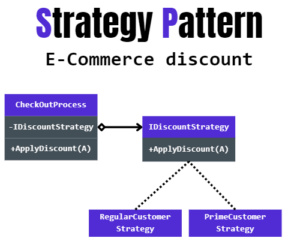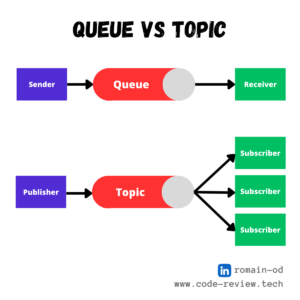Chain of Responsibility concrete example
The Chain of Responsibility (CoR) design pattern is a behavioral pattern that allows an object to pass the request along a chain of potential handlers until an object handles the request. This pattern decouples the sender of a request from its receiver by giving multiple objects a chance to handle t…
Read More






































